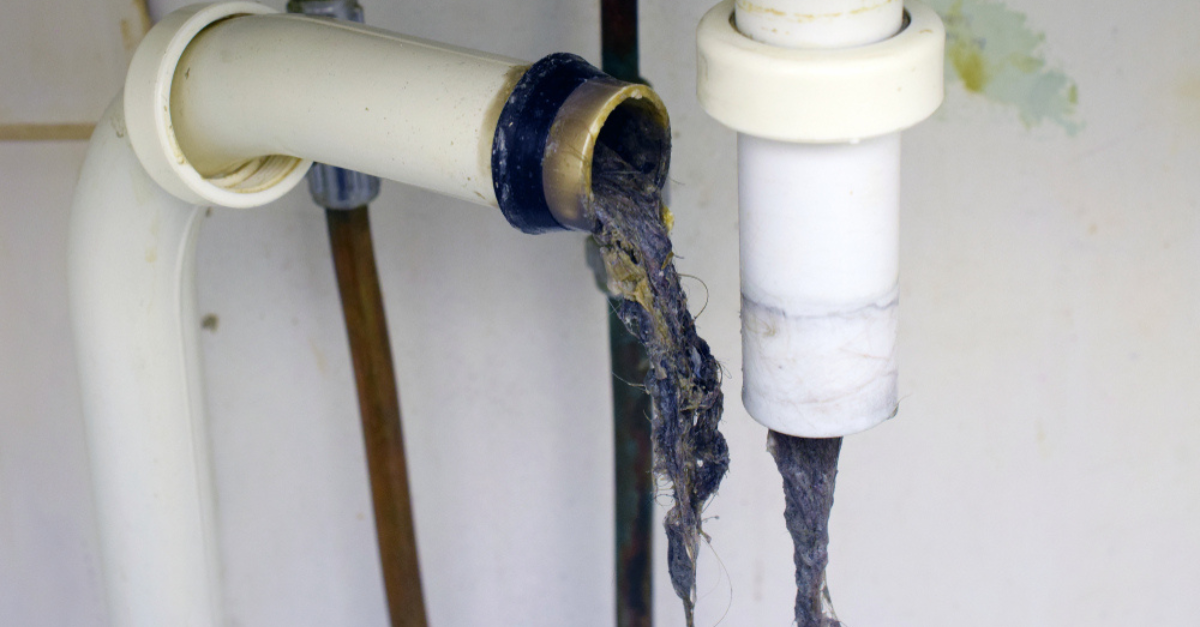Leak or Blocked Pipe? Here Are the Key Steps to Fixing It
Plumbing problems can strike at any moment, leaving homeowners confused about whether they're dealing with a leak or a blockage. Understanding the difference between these two common issues is crucial for applying the right solution and preventing further damage to your home. While both problems can cause water-related headaches, they require different approaches and tools to resolve effectively.

When water starts causing problems in your home, identifying whether you have a leak or a blocked pipe determines your next course of action. These plumbing issues share some symptoms but have distinct characteristics that require different repair strategies. Proper diagnosis saves time, money, and prevents unnecessary damage to your property.
How to Identify Water Leaks vs Pipe Blockages
Leaks typically present themselves through visible water stains, dripping sounds, or unexplained increases in water bills. You might notice wet spots on walls, ceilings, or floors, along with musty odors indicating moisture buildup. Blocked pipes, conversely, cause slow drainage, gurgling sounds, or complete water backup in sinks, toilets, or tubs. Water may pool around fixtures or refuse to drain entirely when blockages occur.
Essential Leak Repair Tips for Common Problems
For minor leaks, start by shutting off the water supply to the affected area. Clean the leak area thoroughly and assess the damage extent. Small pipe leaks can often be temporarily sealed using pipe repair tape or epoxy putty until professional help arrives. Check joint connections first, as loose fittings frequently cause leaks and may only require tightening with appropriate tools. Replace worn washers in faucets and ensure all connections are properly secured.
Effective Blocked Pipe Solutions You Can Try
Begin blockage removal with a plunger designed for the specific fixture type. For sink drains, remove visible debris and try hot water flushing to dissolve grease buildup. Drain snakes or augers can reach deeper clogs that plungers cannot address. Avoid chemical drain cleaners initially, as they may damage pipes or create hazardous conditions. For toilet blockages, ensure you use a toilet-specific plunger with a flange design for better suction.
Step-by-Step Guide for Fixing a Leaking Pipe
Turn off the main water supply before attempting any pipe repairs. Drain remaining water from the system by opening faucets at the lowest point in your home. Clean the damaged pipe area with sandpaper or steel wool to ensure proper adhesion for temporary fixes. Apply pipe repair clamps, epoxy compounds, or rubber patches according to manufacturer instructions. For permanent solutions, cut out the damaged section and install new pipe segments using appropriate fittings and soldering techniques for metal pipes or cement for PVC.
Professional vs DIY Repair Considerations
Simple repairs like replacing washers, tightening connections, or clearing minor blockages are suitable for DIY approaches. However, major leaks, sewer line issues, or problems requiring wall or foundation access need professional intervention. Licensed plumbers have specialized tools, experience with local codes, and insurance coverage for potential damages. Consider professional help when dealing with gas lines, main water lines, or when multiple fixtures are affected simultaneously.
| Service Type | Provider | Cost Estimation |
|---|---|---|
| Basic Leak Repair | Local Plumbers | $150-$400 |
| Drain Cleaning | Roto-Rooter | $200-$500 |
| Pipe Replacement | Mr. Rooter | $300-$800 |
| Emergency Service | Benjamin Franklin Plumbing | $250-$600 |
| Sewer Line Repair | Servpro | $500-$2000 |
Prices, rates, or cost estimates mentioned in this article are based on the latest available information but may change over time. Independent research is advised before making financial decisions.
Prevention Strategies for Future Problems
Regular maintenance prevents most plumbing emergencies from occurring. Schedule annual inspections to catch small issues before they become major problems. Avoid flushing inappropriate items down toilets and use drain screens to prevent debris accumulation. Monitor water pressure levels, as excessive pressure can stress pipes and joints. Insulate pipes in cold areas to prevent freezing and subsequent cracking during winter months.
Understanding the difference between leaks and blockages empowers homeowners to take appropriate action quickly. While some repairs are manageable with basic tools and knowledge, recognizing when to call professionals prevents costly mistakes and ensures lasting solutions. Regular maintenance and prompt attention to warning signs keep your plumbing system functioning efficiently for years to come.




